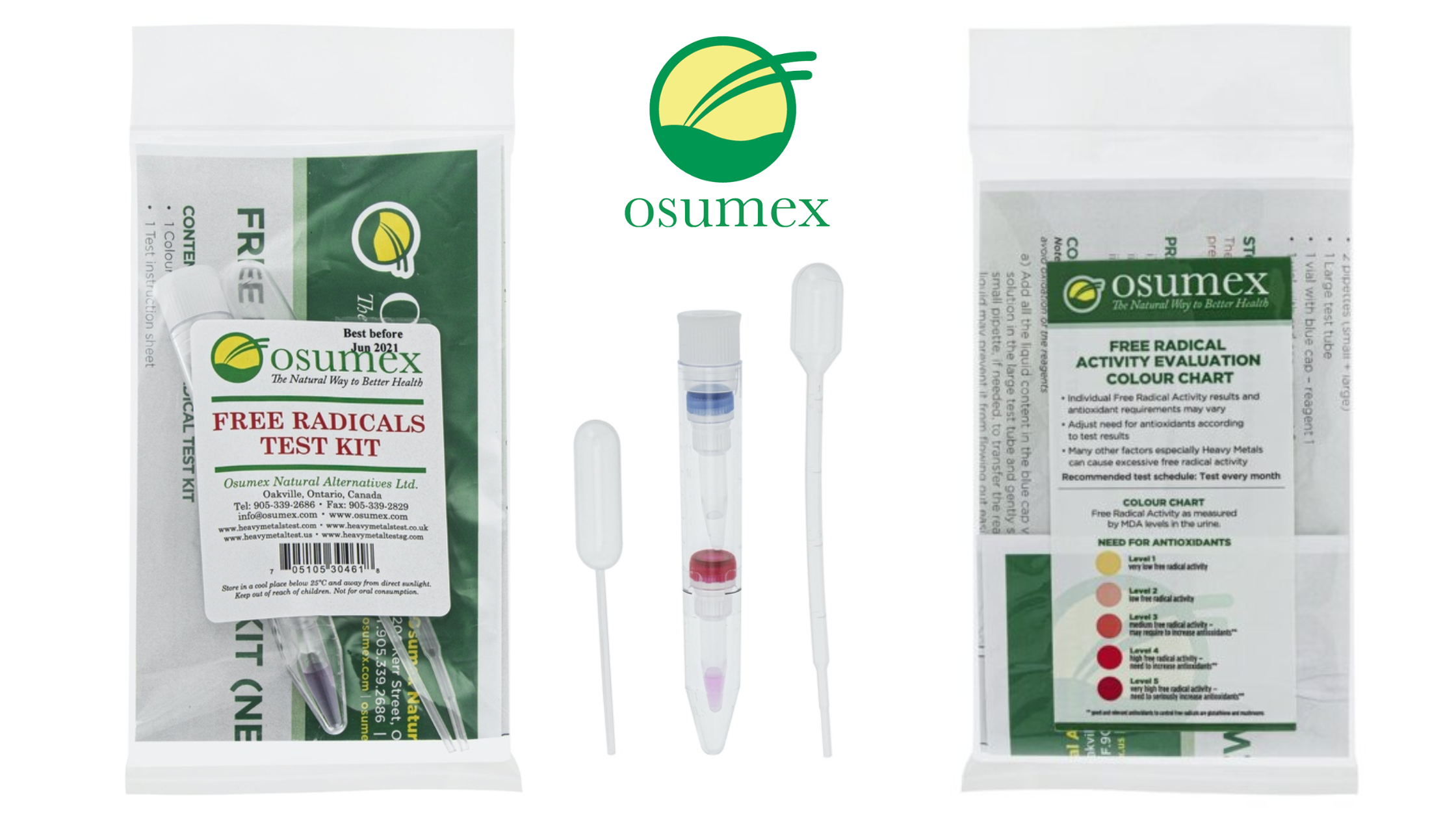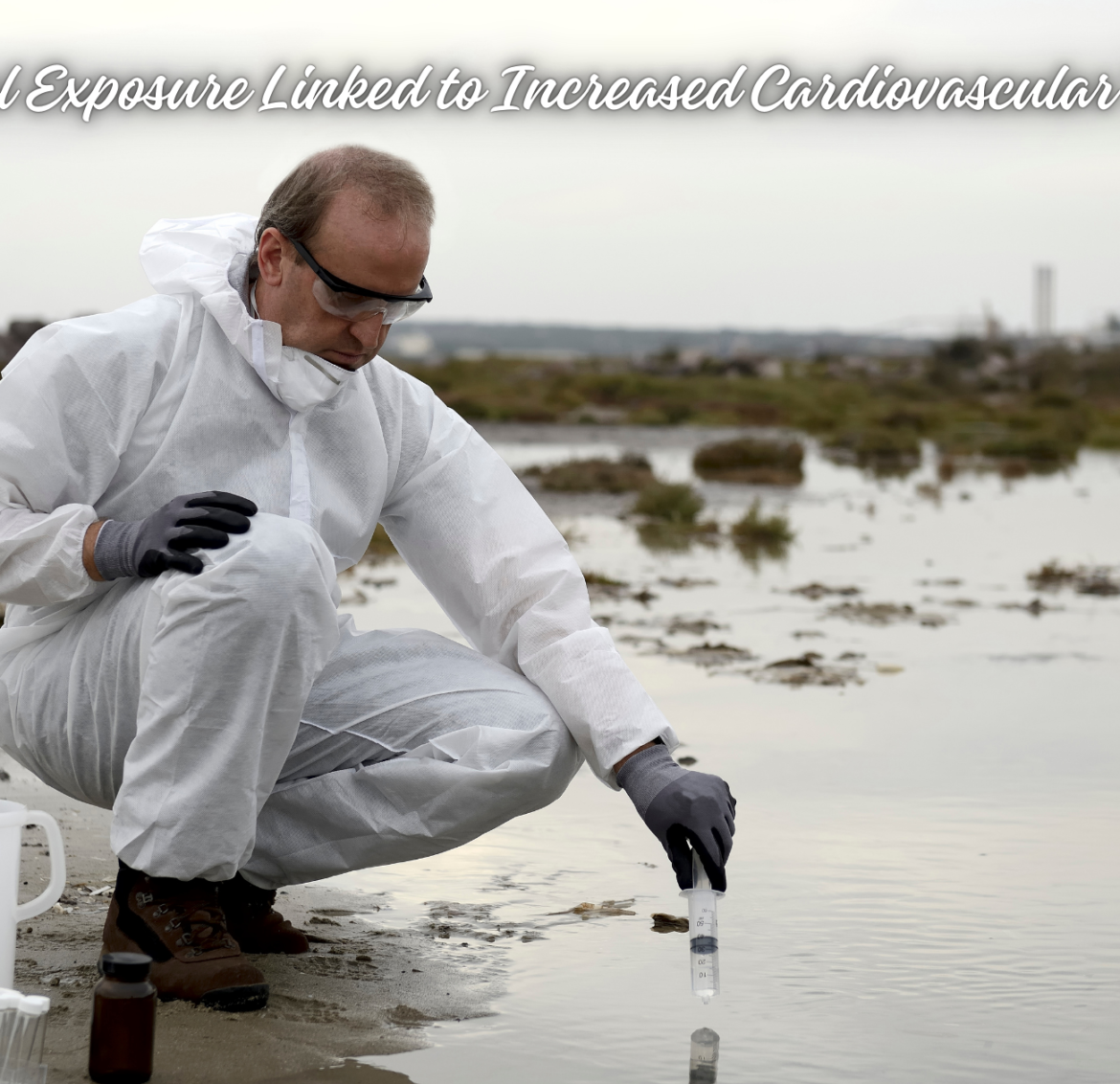
Free Radicals and Oxidative Stress: The Hidden Culprits Behind Aging and Disease
| 16 October 2024Free radicals and oxidative stress may not be everyday buzzwords, but their impact on our health is undeniable and profound.
These highly unstable molecules are linked to everything from accelerated aging to serious diseases like cancer, heart disease, and neurodegenerative disorders.
But what exactly are free radicals? How do they cause damage to our bodies? And most importantly, how can we protect ourselves from their harmful effects?
In this post, we’ll dive into the science behind free radicals, explore the mechanisms of oxidative stress, and discover how antioxidants can help shield us from cellular damage.
What Are Free Radicals?
Free radicals are unstable atoms or molecules with one or more unpaired electrons, which makes them highly reactive.
Because they are missing electrons, free radicals aggressively seek out electrons from other molecules in the body, causing a chain reaction of instability.
These rogue molecules attack healthy cells, proteins, and even DNA in their quest to regain stability, leading to widespread cellular damage.
Free radicals are a natural byproduct of essential bodily processes like metabolism and immune response.
However, external factors such as pollution, radiation, smoking, processed foods, and excessive sun exposure can drastically increase their production.
The body can generally manage a certain level of free radicals, but when they overwhelm our natural defenses, oxidative stress occurs.
How Do Free Radicals Cause Damage?
When free radicals steal electrons from stable molecules, they disrupt the normal function of cells and tissues.
This process, known as oxidative stress, results in cellular and molecular damage that accumulates over time. Overexposure to oxidative stress can:
- Damage DNA: Free radicals can break strands of DNA, which may lead to mutations and contribute to the development of cancer.
- Disrupt Cellular Membranes: They can oxidize the lipids in cell membranes, making them more permeable and vulnerable to invasion by toxins or pathogens.
- Alter Proteins: Free radicals can degrade important proteins in the body, affecting enzyme activity, immune function, and muscle maintenance.
- Contribute to Inflammation: Oxidative stress can activate inflammatory pathways, leading to chronic conditions such as rheumatoid arthritis or even heart disease.
As this damage builds up over time, it manifests not only as visible signs of aging—like wrinkles and sun spots—but also as a higher risk for developing chronic diseases.
The Role of Oxidative Stress in Disease
Oxidative stress has been implicated in a wide range of diseases and health conditions, including:
- Cancer: Damaged DNA and disrupted cellular functions increase the likelihood of abnormal cell growth and mutations, which can lead to cancer.
- Heart Disease: Oxidative stress plays a key role in atherosclerosis by oxidizing LDL cholesterol, which promotes plaque buildup in the arteries, increasing the risk of heart attacks and strokes.
- Neurodegenerative Disorders: The brain is particularly vulnerable to oxidative stress because of its high oxygen consumption and lipid-rich environment. Free radicals have been linked to the development of diseases like Alzheimer’s and Parkinson’s, where oxidative damage accumulates in neurons, contributing to cognitive decline and motor dysfunction.
- Autoimmune Disorders: Conditions like rheumatoid arthritis and lupus have been associated with oxidative stress, which triggers inflammatory responses and worsens disease symptoms.
- Vision Decline: Cataracts and age-related macular degeneration, common in older adults, have been linked to long-term oxidative stress damaging eye tissues.
- Skin Aging: Prolonged exposure to free radicals accelerates skin aging, leading to wrinkles, loss of elasticity, and hyperpigmentation. UV radiation is a significant external source of free radical production, making sun protection essential.
How Antioxidants Protect Against Free Radicals
Fortunately, the body has a defense system: antioxidants. These molecules can donate electrons to free radicals without becoming unstable themselves, effectively neutralizing the threat.
While our bodies produce some antioxidants naturally, many experts recommend increasing antioxidant intake through diet to bolster these defenses.
Here’s a breakdown of some common antioxidants and the foods rich in them:
- Vitamin C: Found in citrus fruits, broccoli, strawberries, bell peppers, and sweet potatoes, vitamin C is one of the most powerful antioxidants that neutralizes free radicals and supports the immune system.
- Vitamin E: Almonds, sunflower seeds, avocados, and spinach are excellent sources of vitamin E, which helps protect cell membranes from oxidative damage.
- Beta-carotene: The precursor to vitamin A, beta-carotene can be found in carrots, sweet potatoes, and mangos. It plays a vital role in maintaining healthy vision and skin.
- Selenium: Eggs, tuna, brown rice, and brazil nuts are rich in selenium, which works in conjunction with other antioxidants to prevent cellular damage.
- Phenolic compounds: These are abundant in colorful fruits like berries, as well as in cocoa, onions, and herbs like oregano and thyme. They help reduce inflammation and provide strong antioxidant protection.
Balancing Antioxidants: The Risk of Over-supplementation
While antioxidants are essential for combating oxidative stress, too much of a good thing can be harmful.
Over-supplementation—especially through pills and powders—can sometimes tip the balance and even lead to negative health effects.
It’s crucial to focus on a diet rich in natural antioxidants rather than relying solely on supplements.
Whole foods offer a variety of synergistic nutrients that work better together than isolated compounds found in supplements.
The Free Radical Theory of Aging
First proposed in 1956, the free radical theory of aging suggests that the cumulative damage caused by free radicals is a key driver of aging.
As we age, our bodies become less efficient at neutralizing free radicals, which leads to increased oxidative stress and cellular damage over time.
Mitochondria, the energy producers within our cells, are particularly susceptible to free radical damage, and their decline may contribute to the aging process.
The gradual accumulation of this damage leads to the visible signs of aging—like wrinkles and graying hair—as well as a higher likelihood of age-related diseases.
Conclusion
Free radicals and oxidative stress are integral to the aging process and the development of many chronic diseases.
But the good news is that we have the power to fight back by making lifestyle choices that support our natural defenses.
Incorporating antioxidant-rich foods into your diet is one of the simplest and most effective ways to reduce oxidative damage and protect your long-term health.
While free radicals are an inevitable part of life, a balanced diet, regular exercise, and avoiding harmful environmental exposures can significantly reduce oxidative stress and help maintain your body’s resilience.
Learn More with Osumex Free Radical Test
Want to know your body’s free radical levels? Consider taking the Osumex Free Radical Test – a simple and effective way to measure oxidative stress in your body.
Knowing your current levels can help you tailor your lifestyle and diet to better manage oxidative stress, protecting your health in the long run.













Trying to 959betapplogin to this thing. Fingers crossed it recognizes my fingerprint. Hope it is easy to use! 959betapplogin
Yo, 8AceCasino’s my go-to spot for a quick game after work. They got a solid selection and the payouts are usually pretty fast. No complaints here! Check it out for yourself: 8acecasino